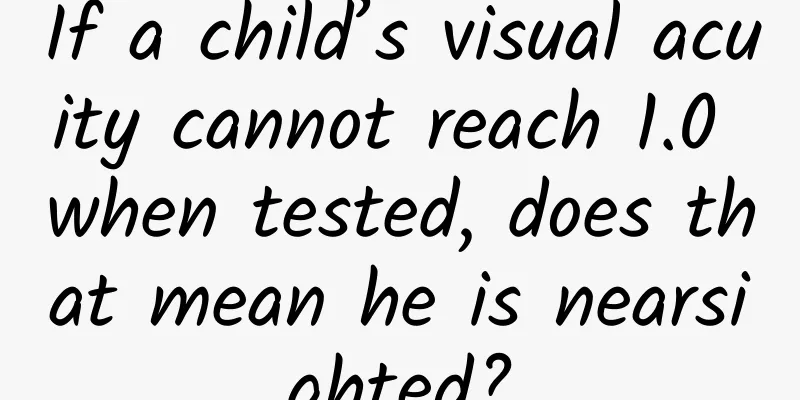What to do if bleeding occurs 25 days after transplantation

|
Embryo transplantation is an important method to solve fertility problems in modern life. It is very effective and has excellent therapeutic effects on infertility diseases that were almost untreatable in the past, allowing many families to conceive new life again. Although the technology of embryo transplantation is very advanced, it is not a panacea. For example, what should you do if bleeding occurs 25 days after embryo transplantation? Let’s take a look at the explanation below, I hope everyone can understand it. Bleeding after embryo transfer, there is only one situation that will make sisters happy, that is embryo implantation bleeding, because when the embryo implants, it will open a small hole in the uterine wall and then bury itself in it, causing bleeding. However, the embryo implantation time is generally the first 14 days after test tube transfer, so bleeding on the 27th day of embryo transfer can be completely ruled out as embryo implantation bleeding. For sisters who bleed on the 27th day after embryo transfer, if the blood HCG confirms pregnancy, vaginal bleeding at this stage must be highly alert to ectopic pregnancy and you need to go to the hospital in time, because once an ectopic pregnancy occurs with intra-abdominal bleeding, it is life-threatening. If the B-ultrasound examination indicates intrauterine pregnancy, other reasons may be considered. Common causes of bleeding on day 27 of embryo transfer: 1. Bleeding in early pregnancy: When the embryo establishes blood circulation with the mother, it will erode the uterine blood vessels, causing vaginal bleeding; 2. Luteal insufficiency: At this time, the hormones in the pregnant mother's body are changing, and the bleeding caused by insufficient progesterone supply in the body; 3. Threatened abortion: For example, if the placenta is unstable, the fetus can grow smoothly as long as the fetus is properly maintained; 4. Multiple pregnancy: Multiple embryos implant successfully, resulting in the mother's progesterone being unable to support the development of the fetus, causing bleeding; 5. Uterine abnormalities: cervical erosion, cervical polyps and insufficient endometrial thickness can cause bleeding in pregnant mothers on the 27th day after embryo transfer; 6 External factors: If a woman is exposed to external stimulation in the early stages of pregnancy, such as falling, she must take measures to save the fetus immediately. Whether it is fresh embryo, blastocyst or frozen embryo, bleeding may occur 27 days after transplantation. In this case, don't worry. Finding out the cause of bleeding is the top priority. Only by finding out the cause of bleeding can we deal with it and achieve safe and effective fetal preservation. |
<<: Saddle uterus pregnancy success rate
>>: Bleeding again after miscarriage
Recommend
Delaying menopause in women
The menopause period of every female friend is di...
What to do if uterine fibroids are too large
Nowadays, many women suffer from a disease called...
What should women do if they have cold and dampness in their body?
Many women suffer from cold body and heavy moistu...
What are some tips for women to lose weight?
With the improvement of living standards, many ne...
Inversion makes pregnancy easier
Many young couples are urged to have children rig...
Differential diagnosis of breast abscess, these methods must be understood
Breast abscess is a common breast disease, but be...
How to regulate menstruation after a few days
Many people are very concerned about the situatio...
What to do about menopausal endocrine disorders
Women will experience menopause when they reach a...
How to go to the hospital to give birth during the epidemic? Which hospital to go to for childbirth during the epidemic?
As we all know, due to the impact of the new coro...
How many months of pregnancy is it best to check for hemolysis
If you are not pregnant or working in the medical...
What can I eat to treat uterine cold?
The uterus is the most important part of a woman&...
Trichomonas pictures
Trichomoniasis is a general term for diseases cau...
Can women lose weight by drinking yogurt? How effective is it?
Many female friends like to drink yogurt. It is d...
The cause of women's back pain after sex
The common problem of women experiencing back pai...









